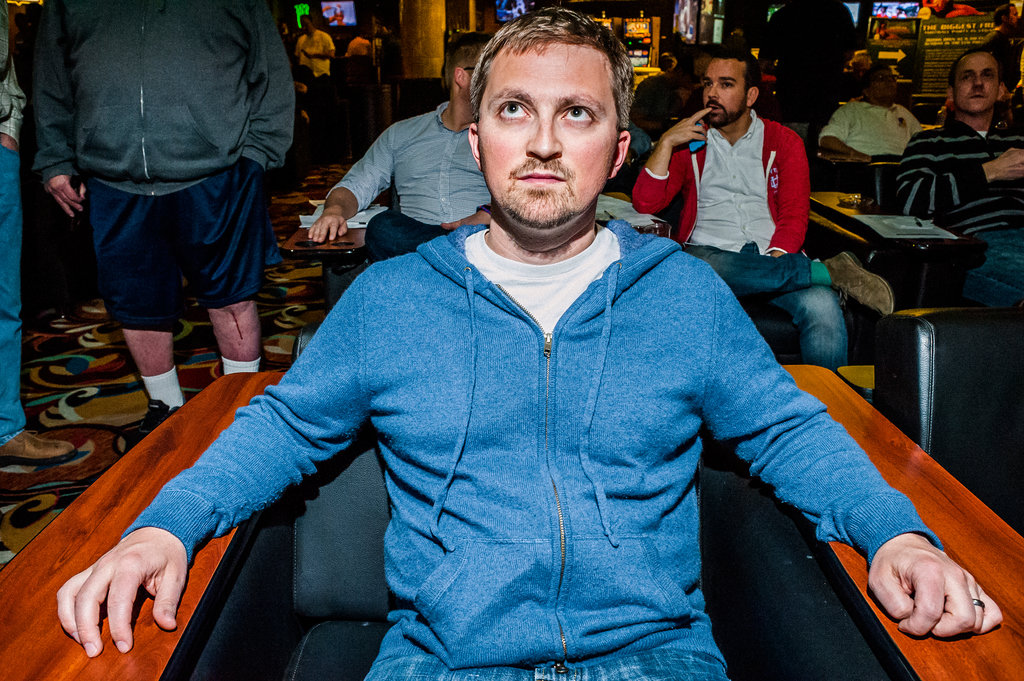The super bowl of sports gambling
The son of Wayne State University's own Daniel Frohardt (chair of the math department) competed in and won, the world's largest football-betting contest. A New York Times article chronicles his path to victory and even goes into the kind of "number-crunching" skills it takes to succeed in such a contest.
In Week 14 of the contest, a financial trader in Chicago named David Frohardt-Lane dislodged Montoro's team to grab first place. Frohardt-Lane, who is 36, became interested in sports betting when he analyzed data on N.F.L. games for a college class. After graduating from Carleton College with a bachelor's degree in math and then earning a master's in statistics from the University of Chicago, he got a "mindless" job in 2002 analyzing loan risks for a bank. He spent almost all of his spare time developing elaborate computer simulations for predicting game outcomes, primarily for baseball but also for football, and used his analytics as a basis for betting.
"My breakthrough year was 2003," Frohardt-Lane said. With a starting bankroll of a little over $10,000, he made bets using offshore websites of $100 to $200 apiece on 50 baseball games and a few football games per week. By the end of the year, his average bets were in the $1,000-to-$2,000 range, and his bankroll had swelled to nearly $100,000.
Emboldened, Frohardt-Lane was ready to quit his job in 2004 and gamble full time. Instead, a friend persuaded him to take a job in high-speed electronic trading. Betting has been relegated to hobby status ever since. But sports wagering and financial trading have a lot in common, Frohardt-Lane said. The teams are commodities. The line is the price. Just like an investor, the gambler must judge whether that price is correct based on future expectations. "Some traders can make money by figuring out the soybeans are undervalued or overvalued," Frohardt-Lane said. "The bettor's skills are figuring out how good the teams are."
